In the age of digital, where screens have become the dominant feature of our lives, the charm of tangible printed materials hasn't faded away. Be it for educational use project ideas, artistic or just adding an extra personal touch to your area, How To Find Average Acceleration On A Velocity Graph have become a valuable resource. Here, we'll take a dive to the depths of "How To Find Average Acceleration On A Velocity Graph," exploring the different types of printables, where to locate them, and how they can enrich various aspects of your life.
Get Latest How To Find Average Acceleration On A Velocity Graph Below
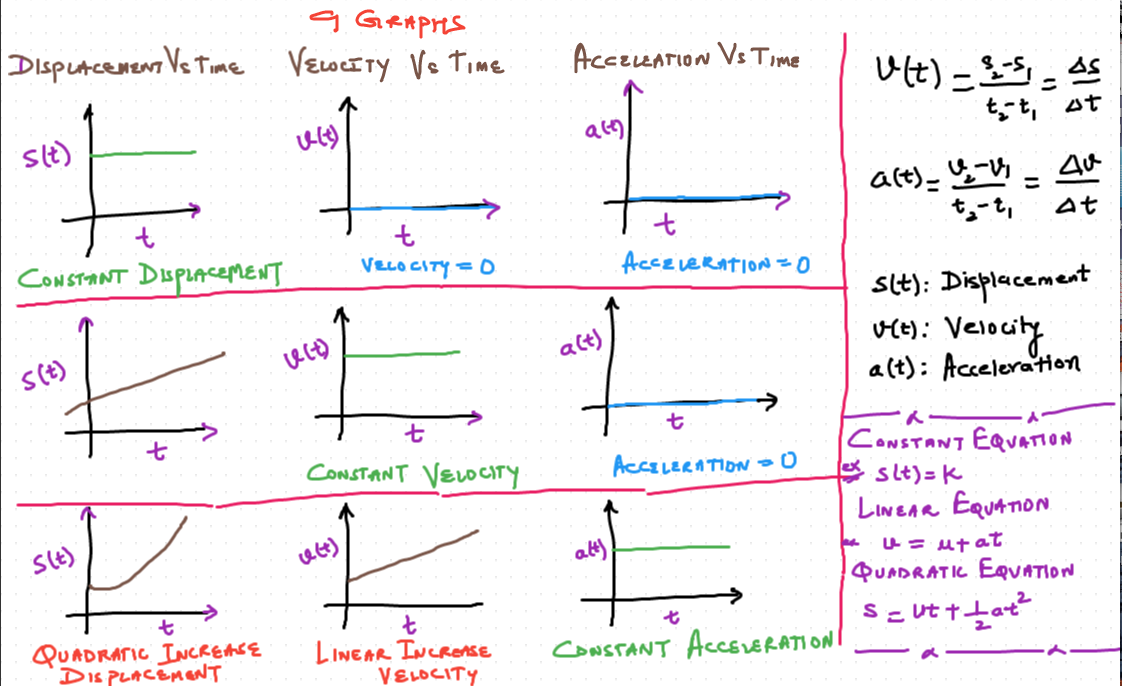
How To Find Average Acceleration On A Velocity Graph
How To Find Average Acceleration On A Velocity Graph -
One method for describing the motion of an object is through the use of velocity time graphs which show the velocity of the object as a function of time The slope of the line on these graphs is equal to the acceleration of the object
How to find the average acceleration from a velocity vs time graph A velocity vs time graph allows us to determine the velocity of a particle at any moment For example in the velocity vs time graph shown above at the instant t 4 s the
The How To Find Average Acceleration On A Velocity Graph are a huge range of downloadable, printable materials online, at no cost. The resources are offered in a variety formats, such as worksheets, templates, coloring pages, and more. One of the advantages of How To Find Average Acceleration On A Velocity Graph is their versatility and accessibility.
More of How To Find Average Acceleration On A Velocity Graph
Motion 3 Find Acceleration Using A V t Graph YouTube

Motion 3 Find Acceleration Using A V t Graph YouTube
We will use these steps and definitions to find the average acceleration of an object graphically in the following two examples Find the average acceleration of the object between time t 2 s and
So the average velocity is 0 km h On the other hand the average speed was distance travelled time taken 200 3 66 7 km h In summary ave velocity displacement time ave speed distance time
How To Find Average Acceleration On A Velocity Graph have gained immense recognition for a variety of compelling motives:
-
Cost-Effective: They eliminate the need to purchase physical copies of the software or expensive hardware.
-
The ability to customize: Your HTML0 customization options allow you to customize printables to fit your particular needs such as designing invitations to organize your schedule or even decorating your house.
-
Educational Value: Education-related printables at no charge can be used by students of all ages, which makes these printables a powerful resource for educators and parents.
-
Accessibility: You have instant access a plethora of designs and templates cuts down on time and efforts.
Where to Find more How To Find Average Acceleration On A Velocity Graph
GCSE Physics Revision Acceleration Calculation Using The Gradient

GCSE Physics Revision Acceleration Calculation Using The Gradient
Calculate the Acceleration Divide the change in velocity by the change in time to find the average acceleration during the time interval where a avg is the average
Acceleration and Slope In a velocity time graph acceleration is represented by the slope or steepness of the graph line If the line slopes upward like the line between 0 and 4 seconds
Now that we've piqued your curiosity about How To Find Average Acceleration On A Velocity Graph and other printables, let's discover where you can find these hidden gems:
1. Online Repositories
- Websites such as Pinterest, Canva, and Etsy provide a wide selection with How To Find Average Acceleration On A Velocity Graph for all needs.
- Explore categories such as home decor, education, craft, and organization.
2. Educational Platforms
- Educational websites and forums often offer free worksheets and worksheets for printing with flashcards and other teaching materials.
- Perfect for teachers, parents and students looking for extra resources.
3. Creative Blogs
- Many bloggers share their imaginative designs and templates, which are free.
- The blogs are a vast spectrum of interests, everything from DIY projects to planning a party.
Maximizing How To Find Average Acceleration On A Velocity Graph
Here are some creative ways for you to get the best use of How To Find Average Acceleration On A Velocity Graph:
1. Home Decor
- Print and frame beautiful artwork, quotes, or seasonal decorations that will adorn your living areas.
2. Education
- Print worksheets that are free for teaching at-home as well as in the class.
3. Event Planning
- Invitations, banners and other decorations for special occasions such as weddings, birthdays, and other special occasions.
4. Organization
- Make sure you are organized with printable calendars, to-do lists, and meal planners.
Conclusion
How To Find Average Acceleration On A Velocity Graph are a treasure trove of creative and practical resources that satisfy a wide range of requirements and interests. Their accessibility and versatility make them an essential part of each day life. Explore the world of How To Find Average Acceleration On A Velocity Graph right now and unlock new possibilities!
Frequently Asked Questions (FAQs)
-
Are How To Find Average Acceleration On A Velocity Graph truly completely free?
- Yes they are! You can print and download these documents for free.
-
Can I utilize free printables to make commercial products?
- It's determined by the specific conditions of use. Make sure you read the guidelines for the creator prior to printing printables for commercial projects.
-
Are there any copyright problems with How To Find Average Acceleration On A Velocity Graph?
- Some printables could have limitations regarding usage. You should read the terms and conditions provided by the designer.
-
How do I print printables for free?
- You can print them at home using printing equipment or visit the local print shop for the highest quality prints.
-
What software must I use to open How To Find Average Acceleration On A Velocity Graph?
- Many printables are offered in PDF format. They can be opened using free software, such as Adobe Reader.
Maret School BC Calculus Interpretation of the derivative as a rate
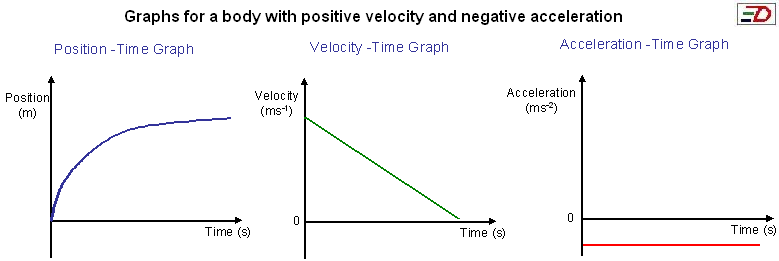
How To Calculate The Instantaneous Acceleration From A Velocity Vs Time

Check more sample of How To Find Average Acceleration On A Velocity Graph below
How To Calculate The Average Velocity From A Position Vs Time Graph

How To Calculate Acceleration Using Slope Haiper
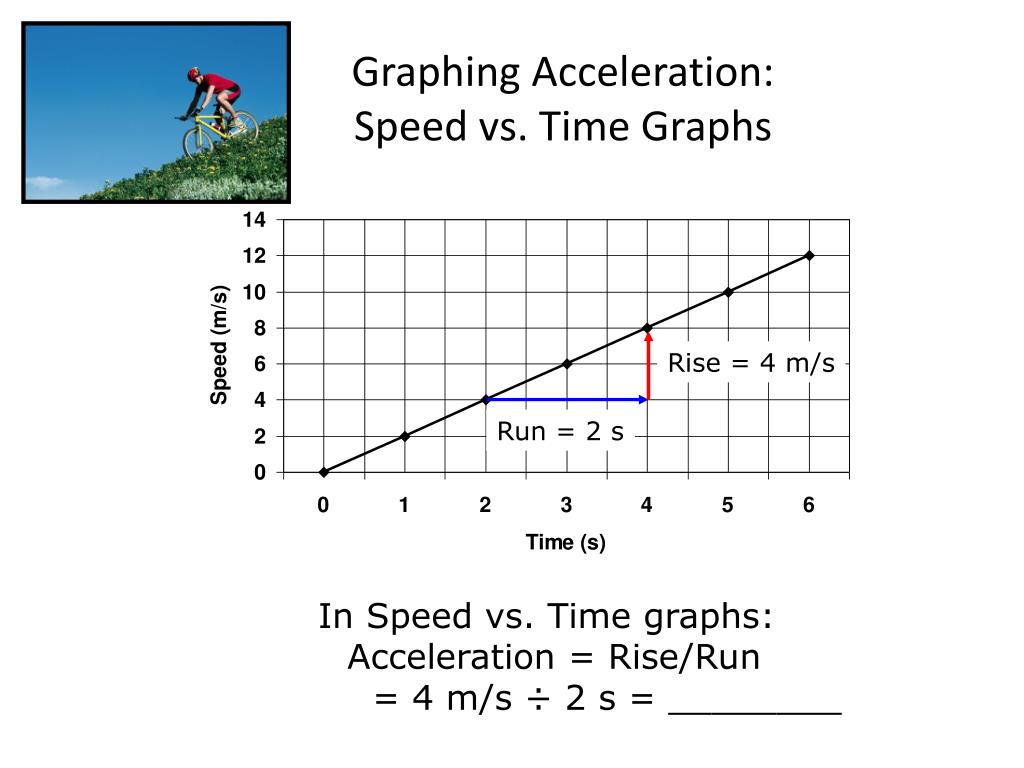
Spice Of Lyfe Physics Formulas Acceleration Velocity Distance

SP1d Velocity Time Graphs Part 1 Calculating Acceleration YouTube

How To Calculate Acceleration From A Velocity Time Graph Modeladvisor

Determining An Instantaneous Acceleration From A Velocity Time Graph
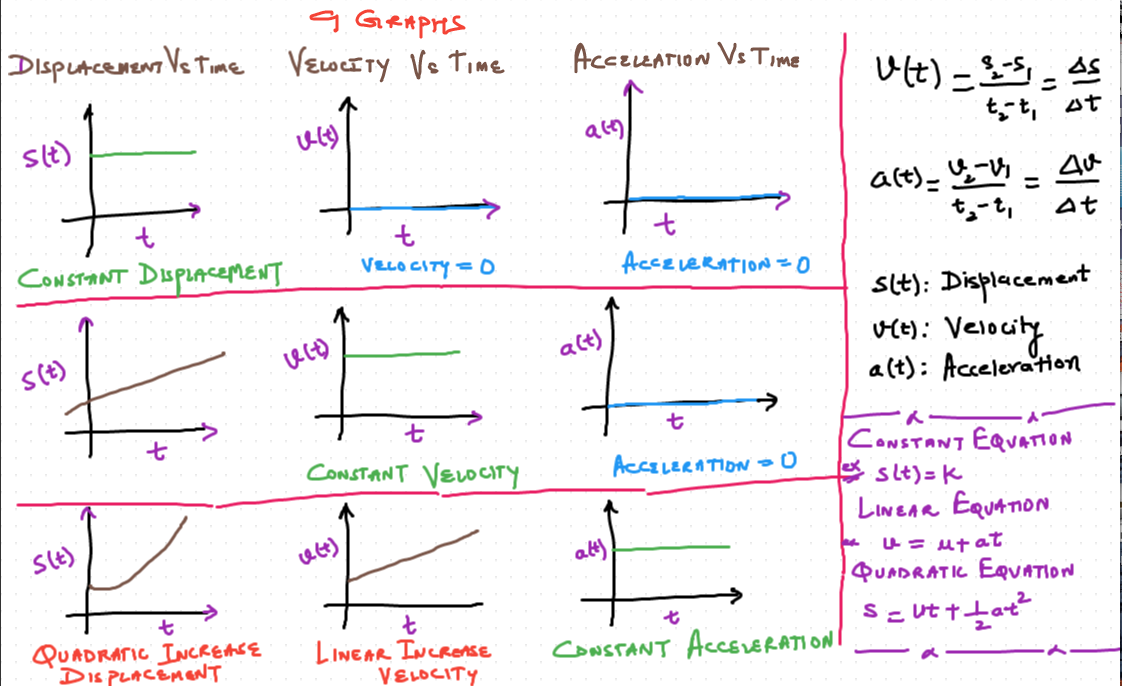
https://www.phyley.com/average-accele…
How to find the average acceleration from a velocity vs time graph A velocity vs time graph allows us to determine the velocity of a particle at any moment For example in the velocity vs time graph shown above at the instant t 4 s the

https://www.bbc.co.uk/bitesize/guides/z29…
Velocity time graphs show how the velocity or speed of a moving object changes with time These graphs also show if the object is moving at a constant speed or accelerating decelerating
How to find the average acceleration from a velocity vs time graph A velocity vs time graph allows us to determine the velocity of a particle at any moment For example in the velocity vs time graph shown above at the instant t 4 s the
Velocity time graphs show how the velocity or speed of a moving object changes with time These graphs also show if the object is moving at a constant speed or accelerating decelerating

SP1d Velocity Time Graphs Part 1 Calculating Acceleration YouTube

How To Calculate Acceleration Using Slope Haiper

How To Calculate Acceleration From A Velocity Time Graph Modeladvisor
Determining An Instantaneous Acceleration From A Velocity Time Graph

Lesson 17 Acceleration From Velocity Time Graph YouTube

Graphing Position Velocity Acceleration Vs Time Graphs YouTube

Graphing Position Velocity Acceleration Vs Time Graphs YouTube
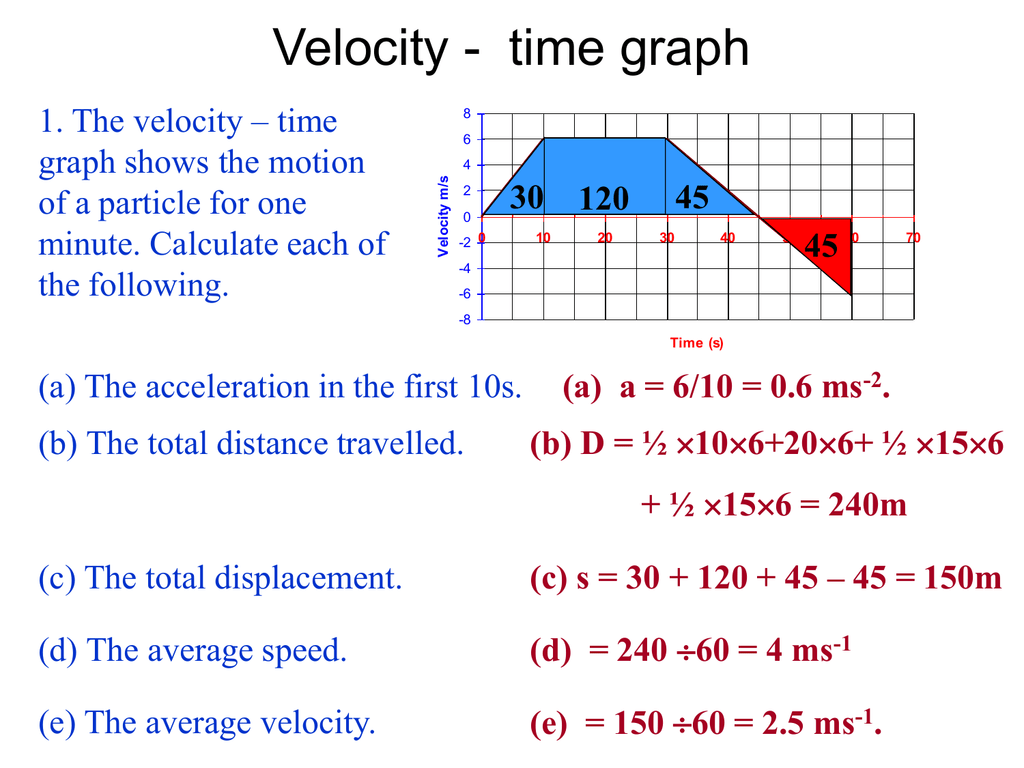
How To Calculate Acceleration Using Velocity And Time Haiper